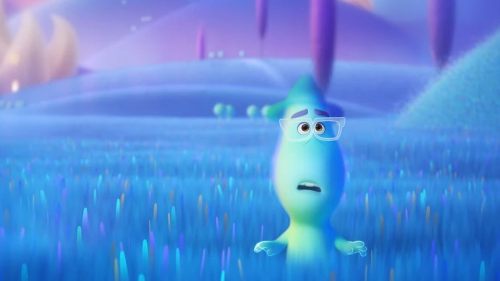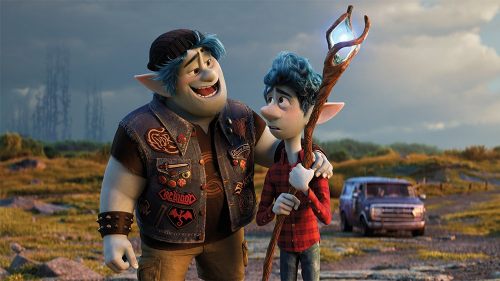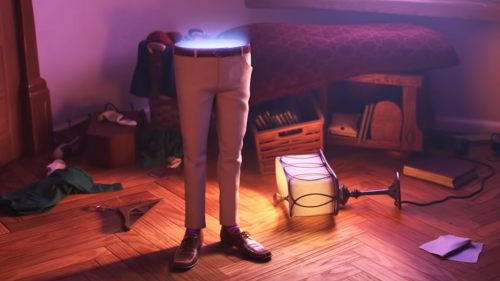Behind the Scenes: COCO’s New Technology
Coco hits theaters tomorrow. Get your tickets here!
Sulley’s fur in Monsters, Inc; Merida’s curly, out-of-control hair in Brave; the food in Ratatouille; the water in Finding Nemo. Every Pixar movie brings a new animation challenge that can only be solved with new technology, building on all of the previous films and inventing new ways to bring a story to life.
Coco is no exception. The Pixar animators had never incorporated skeletons in a film before, or orchestrated lighting a world on this scale (it’s nighttime in the Land of the Dead, where most of the film takes place). But never never stopped them before – and like with every other film, it was just a matter of figuring out how.
With Miguel’s skeletal family, the animators had to start from the ground up. Daniel Arriaga, character art director, walked us through the initial issues – how could you make skeletons that were lovable and not scary? And how could you stay true to the source material – immovable skulls – while imbuing characters with emotions and personality? Gini Santos, supervising animator, explained where they let the cartoon win out – eyes and eye sockets became movable, and so did lips.
With this decided, though, their software ran into some snags with these characters – literally. Under the existing program (Pixar has used something called Presto ever since Brave), Emron Grover told us that the cloth wasn’t working. He’s the cloth and simulation lead, so he would know. The skeletons’ clothes didn’t hit the bones right – they kept getting tangled and snagged in between feet, neck, and hand bones. Some of these malfunctions and glitches looked hilarious – but that’s not exactly the atmosphere they were hoping for. With the brand-new program, the animators designed a better collision system. They filled the negative spaces, fused arm and leg bones, and even inserted wind spheres or pillows to stop the cloth from sticking where it shouldn’t.
And the sheer numbers proved difficult, too. Each of Coco’s skeletons have 127 bones, and about 80 of those are visible (not obscured by clothes). So – as character shading lead Byron Bashford noted – manually painting every single skeleton would be an exercise in madness. The new program layered shading onto the bones of different skeletons for variety, especially in crowd scenes.
The number of skeletons, though, is nothing compared to the number of individual lights that the animators and designers had to create for the Land of the Dead: seven million. The Land of the Dead is intensely intricate, with structures from thousands of years of Mexican history constructed from the ground up. Presto actually allows you to virtually “walk” through the sets that you design (along with a whole lot of other more technical innovations that I hardly understood), which lets the filmmakers get a comprehensive look at the space their characters will inhabit.
Within these seven million city lights, you can see pin lights, street lights, lamps on the sides of buildings, light from plazas, blue lights from the trolleys, and more. Danielle Feinberg, the lighting director, explains that having the computer process all of these lights individually would be almost impossible. So the team took code that they’d developed for The Good Dinosaur’s firefly scene and developed it even more in order to make this visual spectacle happen. The computer was then able to bundle different types of lights together (with “fancy math,” as Danielle puts it), looking at these points as one unit – “street lights” – instead of millions of units. All told, the computer would then be able to look at fifteen lights – which is a lot more cost effective, and time effective, than seven million.
Keep an eye out for the fog in these atmospheric shots of the Land of the Dead, too – by reworking the technology that they used on one of their short films, they were able to render more fog (and more convincing fog) than they would have otherwise been able to do.
These are just a handful of examples of the kind of innovation that the animators explore with each new movie they produce. There’s a lot of technical know-how behind all of this programming that far outpaces my understanding of math. (I have absolutely no idea what “Kernel-Predicting Convolutional Networks” or “Anisotropic Phase Functions” are, but they sure sound cool.) And the best part is, they let us look at it for free. If you’re interested in the mechanical side of animation, Pixar releases papers and research that explain these new technological advances. Coco’s aren’t up yet, but I’m sure they will be soon.



